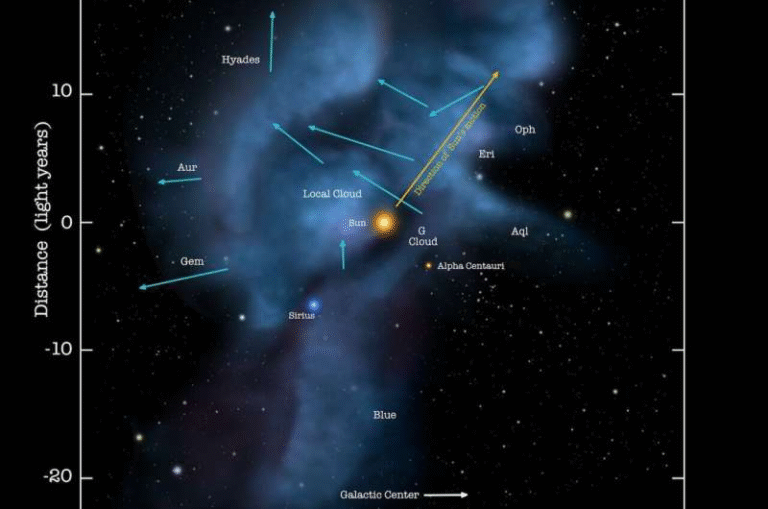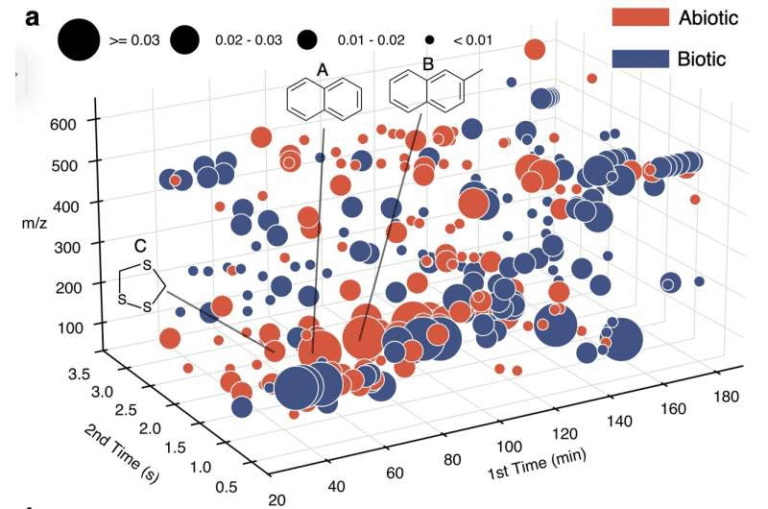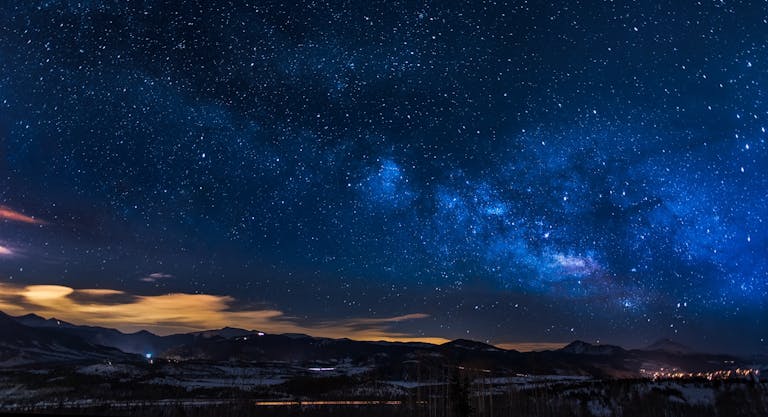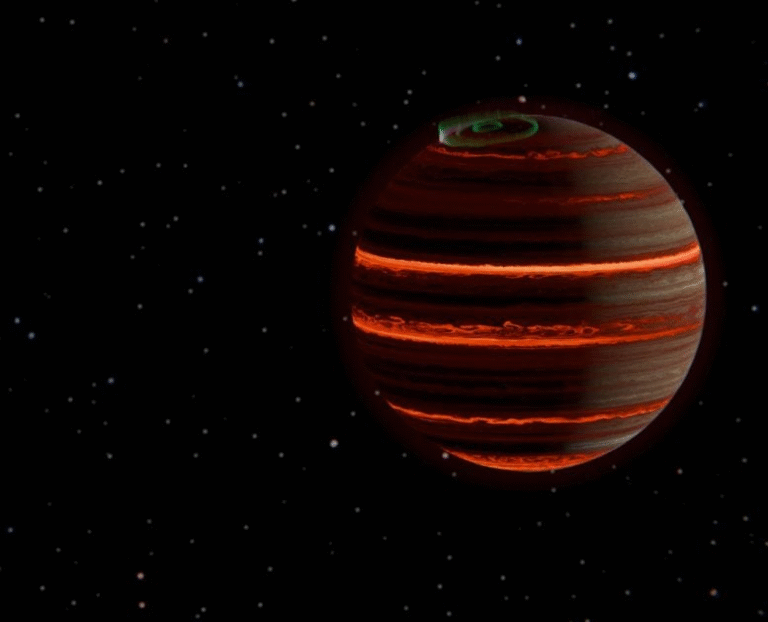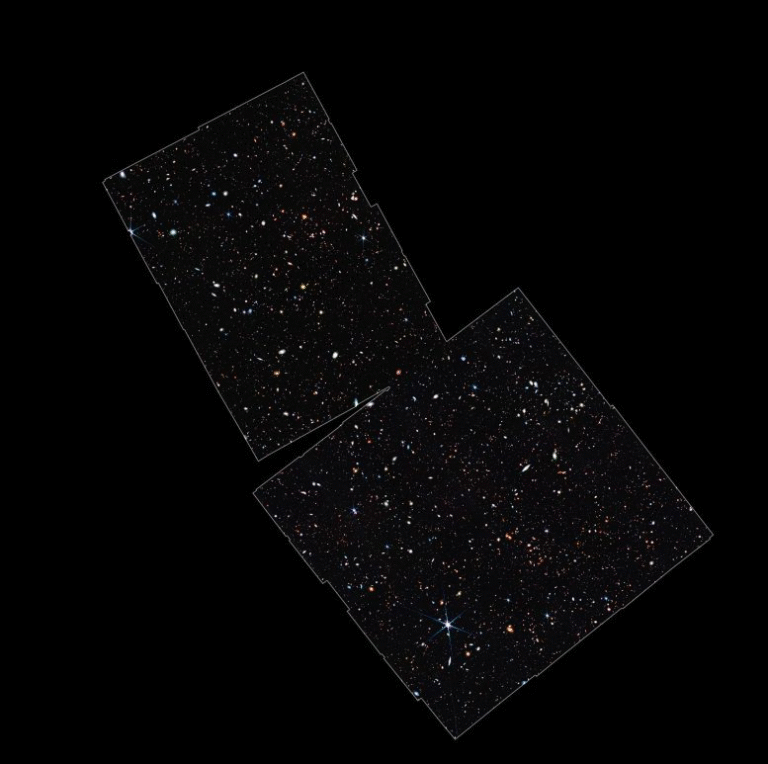Mars’ Glaciers Are Far Icier Than We Ever Imagined
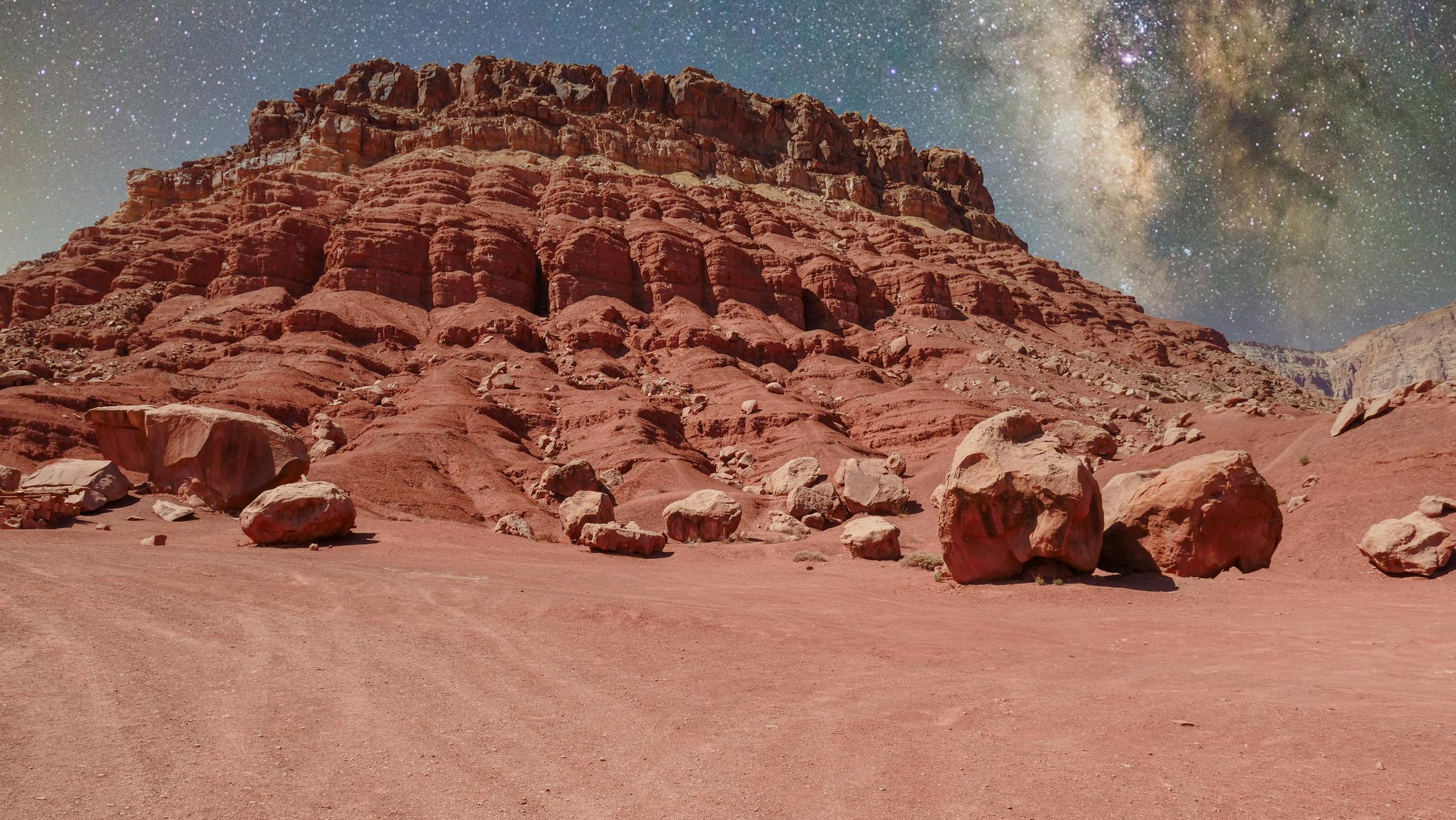
When we picture Mars, the first things that come to mind are usually red dust, rocky cliffs, and vast barren plains. But beneath that dusty surface, the Red Planet hides an incredible surprise—glaciers that are more than 80% pure ice. And not just in one or two places—this purity is consistent across the planet.
For years, scientists thought these Martian glaciers were mostly rock with only small amounts of ice trapped inside. They looked like streams of frozen honey covered in dust, creeping down the slopes of mountains and craters. But now, thanks to new research, we know that these formations are far cleaner and more uniform than anyone expected.
A Global Look at Martian Glaciers
This breakthrough comes from a team led by Yuval Steinberg, a graduate of the Weizmann Institute of Science in Israel, working alongside planetary scientists Oded Aharonson and Isaac Smith. Their study, published in Icarus, used radar data from NASA’s Mars Reconnaissance Orbiter to peer beneath the dusty surface of five different glacier sites scattered across Mars.

Credit: NASA/JPL-Caltech/University of Arizona
By analyzing how radar waves traveled through the material, the team could determine how much was rock and how much was ice. What they found was stunning: every site, even those thousands of miles apart, showed glaciers composed of over 80% water ice. That means these icy reserves aren’t just local quirks—they’re a planet-wide feature.
Why This Matters for Science
The discovery tells us a lot about Mars’ past climate. If glaciers across both hemispheres formed in similar ways and held onto their purity over millions of years, that suggests the Red Planet went through a global glaciation event (or several with similar conditions).
Think about that: Mars, which we often see as a dry, desolate place, once had enough moisture and the right conditions to form massive glaciers. Understanding how and why this happened gives scientists clues about Mars’ changing atmosphere and its ability to hold water over time.
A Resource for the Future
There’s another reason this matters—and it’s about the future, not the past. If humans ever set up camp on Mars, they’re going to need water. Transporting it from Earth is nearly impossible on a large scale. But if glaciers across Mars are this pure, astronauts could have a readily available supply of water just below the surface.
That means these glaciers aren’t just scientific curiosities—they could become essential lifelines for future exploration, helping sustain long-term human missions or even colonies.
Standardizing the Research
Before this study, glacier research on Mars was a bit of a patchwork. Different scientists used different methods, making it tough to compare results. Steinberg and his team tackled this problem head-on by creating a standardized approach. They measured two specific properties—how radar waves passed through and how much energy was absorbed—to calculate ice purity.
By applying this method consistently across multiple sites, they were able to unify the data and paint a clearer, global picture of Mars’ glaciers. That’s how they uncovered the remarkable consistency of these icy deposits.
What’s Next?
The team isn’t stopping here. They plan to expand their study to even more sites, building a fuller map of Mars’ icy underworld. The more we learn, the better we’ll understand how these glaciers formed, how stable they are, and how we might use them one day.
In short, this isn’t just about science—it’s about exploration, survival, and the future of humanity in space. Mars is turning out to be a lot icier than we ever thought, and that might be one of the best pieces of news for those dreaming of walking on the Red Planet.
Source: “Physical properties of subsurface water ice deposits in Mars’s Mid-Latitudes from the shallow radar” by Yuval Steinberg, Isaac B. Smith and Oded Aharonson, 7 July 2025, Icarus.
DOI: 10.1016/j.icarus.2025.116716
